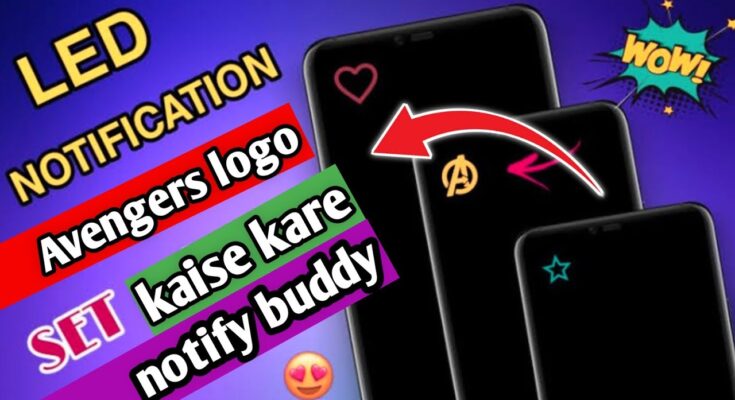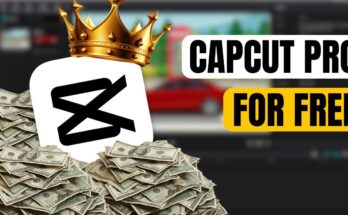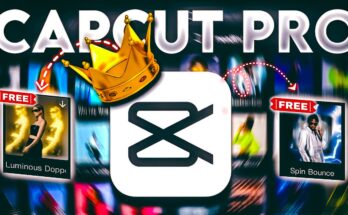The Rise of Screen Popup Emoji Animations: A Fun and Engaging Digital Trend
In the ever-evolving landscape of digital communication and user engagement, screen popup emoji animations have emerged as a captivating trend. Whether in messaging apps, live streaming platforms, or interactive websites, these dynamic visual elements add a layer of fun, expressiveness, and interactivity that static emojis simply cannot match. This article explores the significance, applications, and creative potential of screen popup emoji animations, illustrating why they have become a game-changer in the digital space.
What Are Screen Popup Emoji Animations?
Screen popup emoji animations refer to animated emojis that appear and move dynamically across a screen. Unlike static emojis, which are confined to a specific position or format, popup animations are designed to interact with the user interface or appear in response to user actions. These animations can:
- Pop up suddenly during chats or live streams.
- Float, bounce, or burst across the screen.
- React to user interactions, such as clicks, likes, or taps.
This interactive and lively approach to visual communication has captured the attention of developers, designers, and users alike.
The Appeal of Popup Emoji Animations
Why are these animations so popular? Here are a few reasons:
1. Enhanced Emotional Expression
Static emojis are great for conveying emotions, but animated popups take expressiveness to the next level. A bouncing heart, a bursting laughing face, or a waving hand communicates emotion with greater clarity and energy.
2. User Engagement
Popup animations are inherently attention-grabbing. In live streams or group chats, they act as real-time visual cues, encouraging users to stay engaged and participate more actively.
3. Customization
From personalized animations to themed emojis that match a brand’s identity, popup emoji animations allow for a level of customization that can make any platform feel unique and tailored to its audience.
4. Immersive Experiences
By integrating screen popup animations, platforms can create immersive experiences that feel playful and interactive, enhancing user satisfaction and retention.
Applications of Screen Popup Emoji Animations
1. Social Media and Messaging Apps
Apps like WhatsApp, Instagram, and Facebook Messenger have incorporated popup emoji animations to make interactions more lively. For example:
- “Hearts” floating during live videos.
- Animated reactions in group chats.
2. Live Streaming Platforms
Platforms like Twitch and YouTube have embraced popup emojis to amplify live audience interaction. Streamers often see reactions like flying confetti, cheering emojis, or animated applause in response to user engagement.
3. Interactive Websites
Web designers use popup animations to guide users or celebrate actions like form submissions. For instance, a confetti burst emoji might appear after completing a signup.
4. Gaming
In gaming, popup animations serve as both rewards and feedback. Achieving a milestone might trigger a flurry of animated stars or celebratory emojis.
5. Virtual Events
During webinars, virtual conferences, or online meetups, popup animations are used to simulate audience reactions, making the experience feel more connected and human.
The Technology Behind Popup Emoji Animations
Creating screen popup emoji animations involves a blend of design and programming. Key technologies and tools include:
- Animation Libraries: Libraries like Lottie, Anime.js, and GSAP are widely used for creating smooth, scalable animations.
- Real-Time Interaction: Frameworks like WebSocket and Firebase enable real-time updates that trigger popup emojis based on user actions.
- Customizable SVGs: Scalable Vector Graphics (SVGs) allow for high-quality, customizable emojis that can be animated programmatically.
- Augmented Reality (AR): In advanced applications, popup emojis can interact with AR environments, adding an extra dimension to their functionality.
Tips for Effective Use of Screen Popup Emojis
1. Balance Engagement and Usability
While popup animations are fun, overusing them can overwhelm users. Ensure they enhance the experience without becoming a distraction.
2. Match the Platform’s Tone
Choose emoji styles and animations that align with your platform’s overall tone and audience. For instance, a professional platform might favor subtle animations, while a gaming app can afford more vibrant and playful designs.
3. Optimize for Performance
Animations can be resource-intensive, especially on mobile devices. Use lightweight designs and efficient coding practices to ensure smooth performance.
4. Incorporate Interactivity
Make popup emojis responsive to user actions. For example, trigger animations when a user clicks a button or achieves a milestone.
Future Trends in Popup Emoji Animations
As technology evolves, so does the potential of popup emoji animations. Some future trends to watch include:
1. AI-Driven Customization
AI could enable emojis to adapt dynamically to user moods or contexts, making animations more personalized and relevant.
2. Augmented and Virtual Reality Integration
Popup emojis in AR/VR environments could interact with 3D spaces, adding depth and realism to their animations.
3. Cross-Platform Consistency
Efforts are underway to standardize emoji animations across platforms, ensuring a seamless experience for users regardless of the device or app they’re using.
4. Advanced Gamification
Popup emojis will likely play a bigger role in gamification strategies, providing feedback, rewards, and incentives in educational, fitness, and productivity apps.
Exploring Specific Use Cases
Case Study 1: Enhancing Live Streams
Live streaming has transformed the way creators connect with their audience. Popup emoji animations offer real-time feedback, allowing streamers to gauge audience sentiment immediately. For instance:
- Floating heart emojis during a heartfelt moment.
- Laughing face emojis when a joke lands perfectly.
These animations not only boost engagement but also create a shared experience for viewers.
Case Study 2: Customer Interaction on E-commerce Sites
Imagine shopping online and seeing a popup animation when you add an item to your cart. A celebratory emoji burst creates a sense of accomplishment and encourages users to continue browsing. Such subtle but effective animations enhance user experience and drive conversions.
Case Study 3: Educational Platforms
Learning apps can integrate popup emoji animations to reward progress. For example:
- A star emoji animation when a quiz is completed successfully.
- A light bulb emoji to indicate new concepts learned.
These interactive elements motivate learners and make the process enjoyable.
Conclusion
Screen popup emoji animations are more than a passing trend—they’re a powerful tool for enhancing digital communication and user engagement. By combining creativity with technology, these animations bridge the gap between functional design and emotional connection, offering a unique way to make interactions memorable and fun. Whether you’re a developer, designer, or marketer, embracing this dynamic trend can elevate your platform and captivate your audience in delightful new ways.
By diving deeper into their applications, understanding their technology, and leveraging them thoughtfully, screen popup emoji animations hold the potential to redefine digital interaction. From social media to gaming and beyond, the future is undeniably animated—one emoji at a time!


